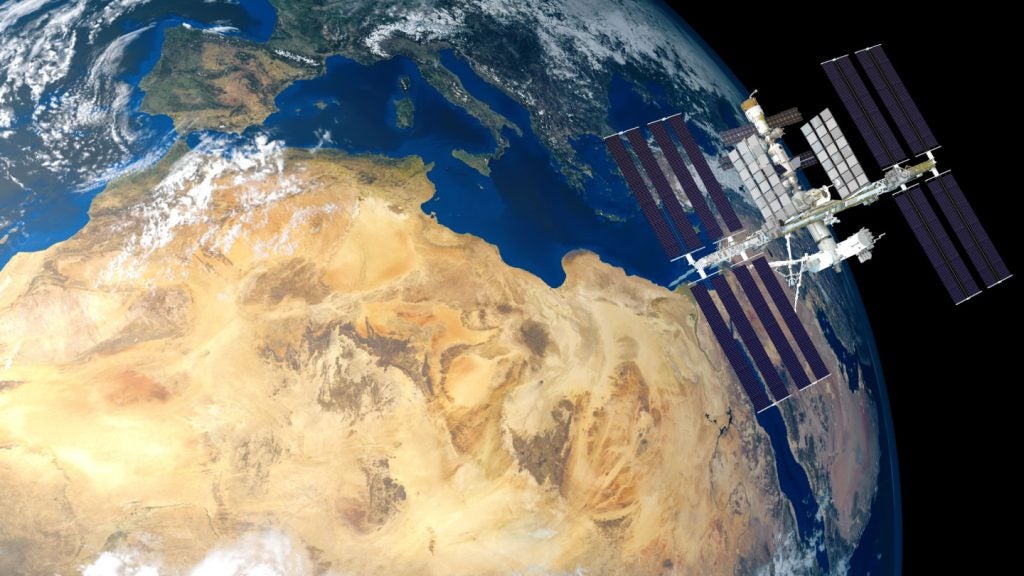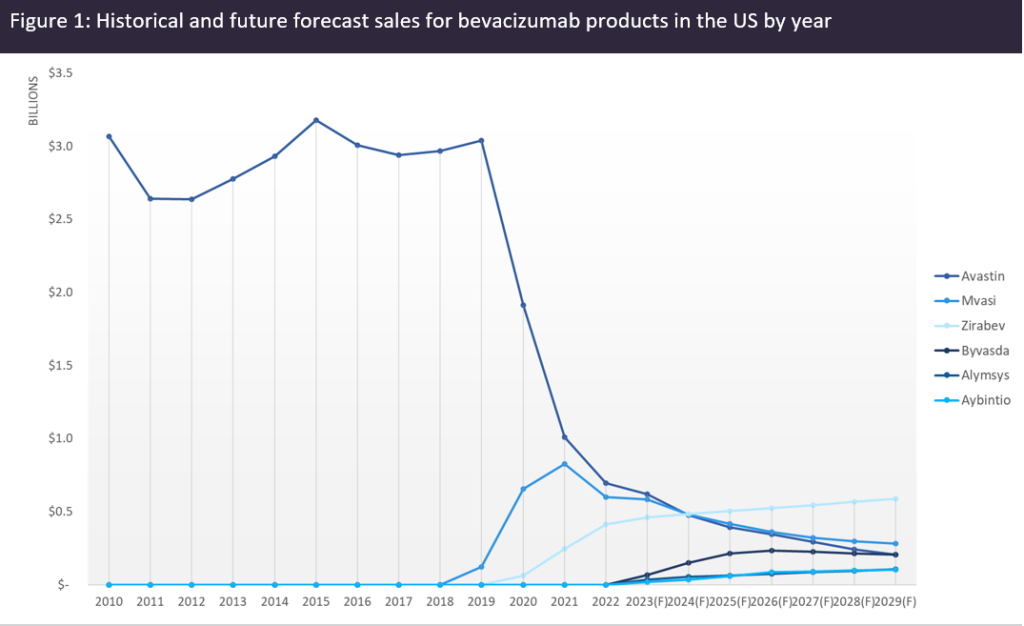Space: the final frontier…for manufacturing under microgravity conditions.
Products made in space could become crucial for R&D in a wide range of industries, especially healthcare. Space offers a unique manufacturing environment because it exists in a near-vacuum state, has higher radiation levels, and very weak gravity. These conditions enable businesses to manufacture objects that they cannot manufacture on Earth.
Microgravity could help pharmaceutical companies develop treatments for diseases
NASA defines microgravity as “the condition in which people or objects appear to be weightless”. Experiments take place in microgravity because it has the potential to show how organic and inorganic matter alter their characteristics in response to gravitational changes. For example, astronauts on the International Space Station (ISS) have conducted crystallization experiments in microgravity for Merck, an American pharmaceutical company.
The results found that the protein crystals grown in space had better injectability properties than those created on the ground. Potentially, this means that certain drugs could be a simple injection rather than an infusion, which takes longer and costs more. Another positive development from microgravity R&D has come from JAXA (Japan Aerospace Exploration Agency), which studied a protein associated with Duchenne Muscular Dystrophy (DMD). The space research hinted at potential compounds that could slow down the disease.
However, a crucial factor in space manufacturing is radiation. In space, this can be 15 to 650 times stronger than on Earth. That could cause cell mutations, altering morphology, growth rates, and gene expression in living systems.
Artificial retinas could be made in microgravity
It is not just pharmaceutical companies that are innovating using microgravity. LambdaVision, a US-based biotechnology company is developing an artificial retina to help patients who have lost sight “due to advanced retinal degenerative diseases like retinitis pigmentosa (RP) and age-related macular degeneration (AMD)”, according to its website. The microgravity environment is used to create a more consistent layering of the artificial retina, which is constructed using a layer-by-layer process. Completing this in normal gravity could reduce homogeneity and increase the potential for defects—errors that could be reduced by using a microgravity environment. This will be attractive to operators across a wide range of industries.
The cost of entering the space economy has acted as a barrier to entry for many companies, and microgravity manufacturing follows this trend. It is very expensive to launch materials into orbit and assemble the manufacturing facilities, so there must be the potential of a lucrative return on investment for companies to consider microgravity manufacturing.
The commercialization of the space stations
More than 3,000 experiments have been conducted on the ISS, with many of them being experiments using the unique environment created by microgravity. The ISS was launched in 1998 and is aging fast. NASA expects it to be decommissioned in 2031, with commercial companies filling the gap. Commercial space stations are being developed by companies like Axiom Space, Northrop Grumman, and Blue Origin. These new space stations will provide more capability for microgravity experiments, and manufacturing in microgravity could become increasingly popular.
Microgravity manufacturing has the potential to produce products that are crucial to life on Earth, like life-saving drugs or artificial organs. Mass production in space is not likely soon, as microgravity manufacturing is still in the experimental phase. But as space stations become more commercialized, there will be more potential for microgravity research, and this method of manufacturing could become an important part of the space economy—and life on Earth.














